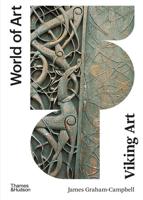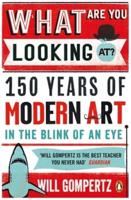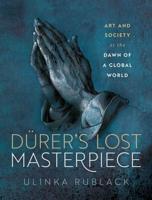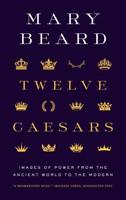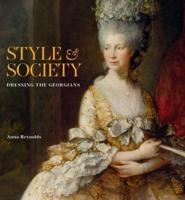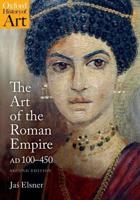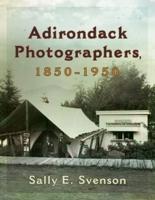Publisher's Synopsis
A bold reassessment of the major architectural monuments and urban forms of the world's first industrial city: Manchester
From the mid-eighteenth century to the nineteen-twenties, from the birth of the Industrial Revolution to the height of Manchester's global significance and the beginning of its decline, Shock City challenges the idea that Paris was the "capital of the nineteenth century." Mark Crinson reorients this issue around the development of industrial production, particularly cotton and its manufacture by means of steam power, offering a fascinating and accessibly written account of how new relations in the industrial economy were manifested through the spaces and representations of the first industrial city.
Focusing on Manchester's mills and warehouses, its main trading institution (the Royal Exchange), its magnificent Gothic Revival Town Hall, and its late Gothic Revival Rylands Library, this book explores these iconic buildings alongside paintings, prints, maps, and photographs of the city throughout the period. Crinson interweaves analysis of buildings and images, urban spaces and new institutions, technology and industrial pollution to show how these were all the products of Manchester's newly emergent industrial middle classes, who remade the city in their image.
Distributed for the Paul Mellon Centre for Studies in British Art

